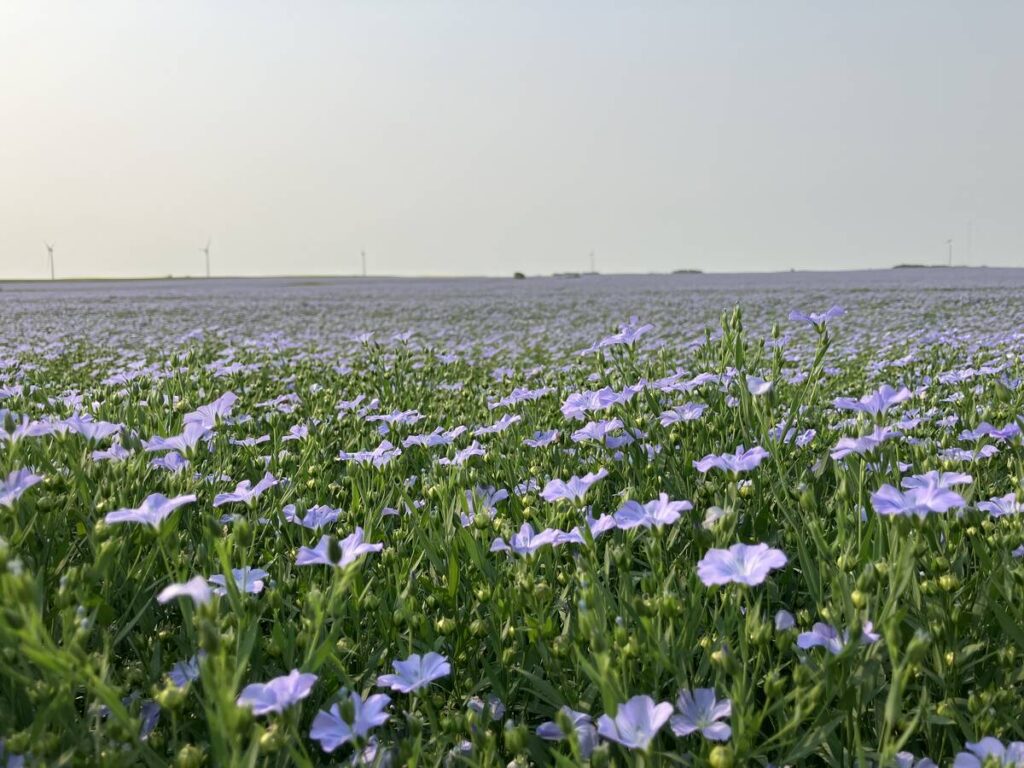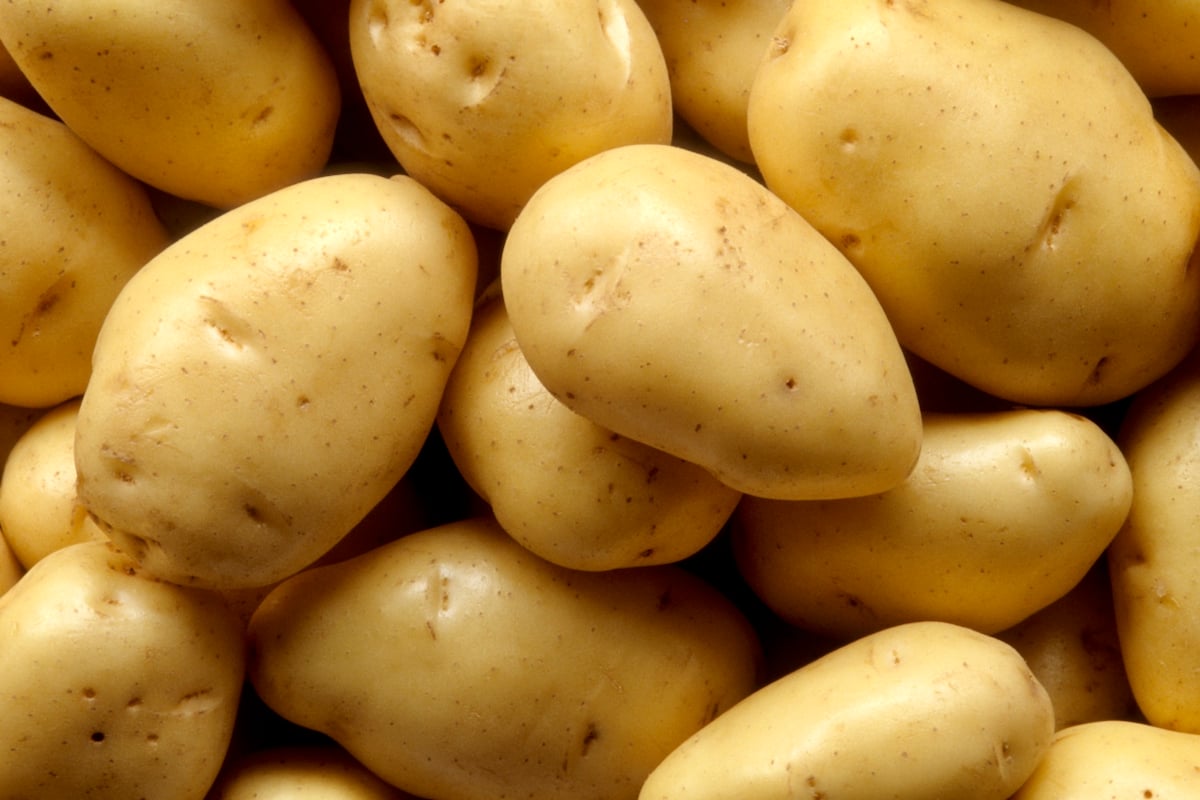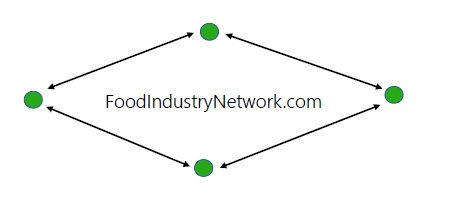Growers should flax interest amid canola turmoil

Glacier FarmMedia—Statistics Canada has projected that flax acres will decline in 2025. That could happen, but with the trade and tariff uncertainty surrounding canola this winter, more growers are contacting Tyson Fehr and asking questions about the crop.
“We are getting those calls, pretty much every day … guys saying, ‘I haven’t grown flax in 10 years, but I’m thinking about putting it in,’ ” said Fehr, procurement and marketing manager with Prairie Premium Products Inc., a flax and pea processor near Portage la Prairie, Man.
Read Also

New national potato wart plan in place for 2025 growing season
The new National Potato Wart Response Plan is complete and will take effect for the 2025 potato crop.
In its March 12 acreage projections, Statistics Canada forecast 448,000 acres of flaxseed in 2025, down from 503,000 acres in 2024 and significantly lower than historical flax acres in Western Canada.
Tariffs change the picture
The StatCan estimates are based on farmer surveys done in December and January, long before U.S. president Donald Trump unleashed his trade war on Canada, Europe, China, Mexico and other nations.
Plus, in early March, China announced it will apply 100 per cent tariffs on canola oil and meal from Canada, starting March 20.
The tariff, trade and political chaos has been catastrophic for canola futures. Prices have declined $90 to $100 per tonne since the middle of February, so prairie farmers are looking for alternative crops to plant this spring.
Flax could be an option.
Flaxseed prices have held up – so far
The supply of flax is on the “tighter side,” Fehr said. Stat Can has pegged 2024 production at 258,000 tonnes, well below 2022, when Canadian farmers produced 473,000 tonnes.
Flaxseed prices have held up this winter, despite the market uncertainty and tariff chaos.
New crop bids are in the range of $17-$18 per bushel, Fehr said.
“With that being said, these prices are very volatile … with all the politics and everything going on.”
Current prices for flax could be even higher. In late February, Rayglen Commodities posted an old crop price for brown flax at $19.25 per bu.
Farmers still deciding
If a grower achieves a yield of 30 bu. an acre, or higher, flax could be very profitable in 2025.
That’s a big “if” because average flax yields are typically in the 20s.
Last year, the average flax yield in Saskatchewan was 23 bu. per acre, using estimates from Saskatchewan Agriculture. Nonetheless, prairie farmers who consistently grow flax and have figured out the agronomy do report yields of 30 to 35 bu. per acre.
With the political turmoil and uncertainty in the commodity markets, a lot could happen between Mid-March and seeding time. Growers could shift some acres to flax, or they may not.
“I think a lot of the farmers are still (deciding) what they’re going to do…. That seems to be the sentiment that I’m getting out of (the) calls and conversations,” Fehr said
“There’s going to be a lot of potential swing acres, at the very last minute.”
1 acre = 0.405 hectares
Source: Farmtario.com

